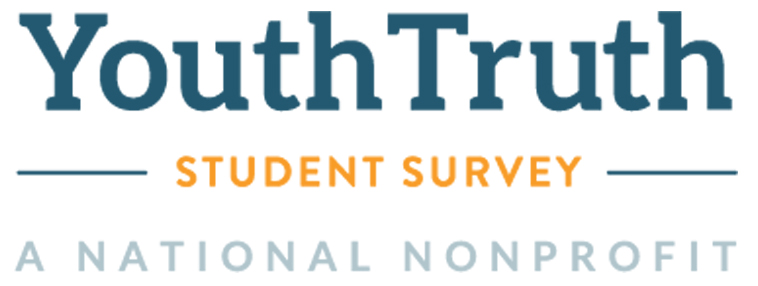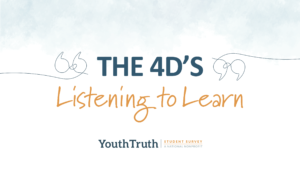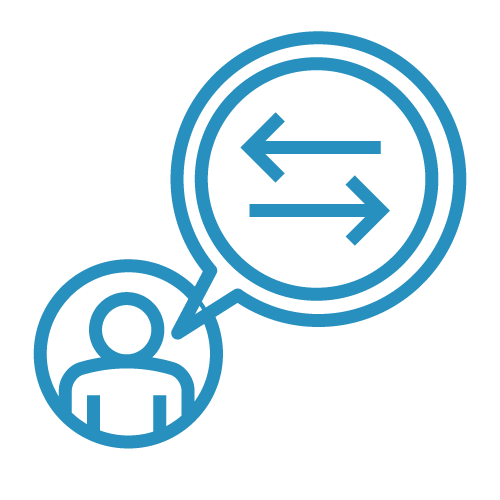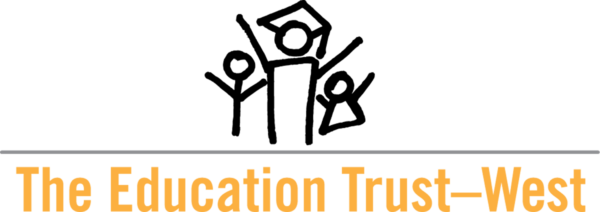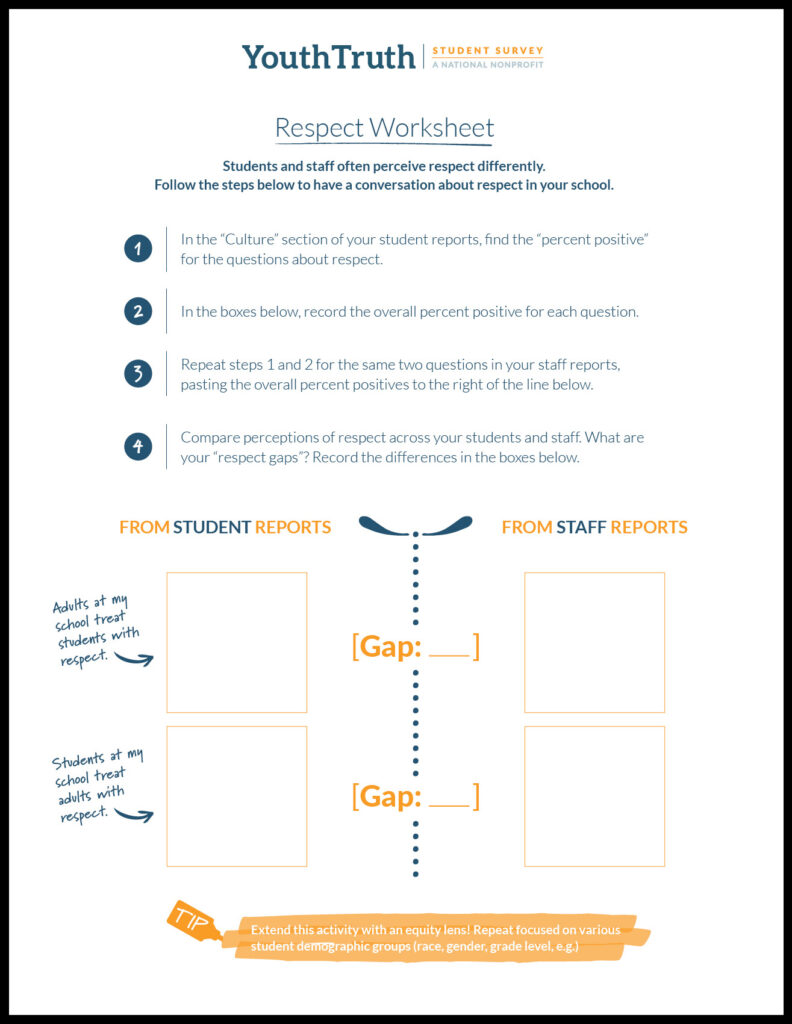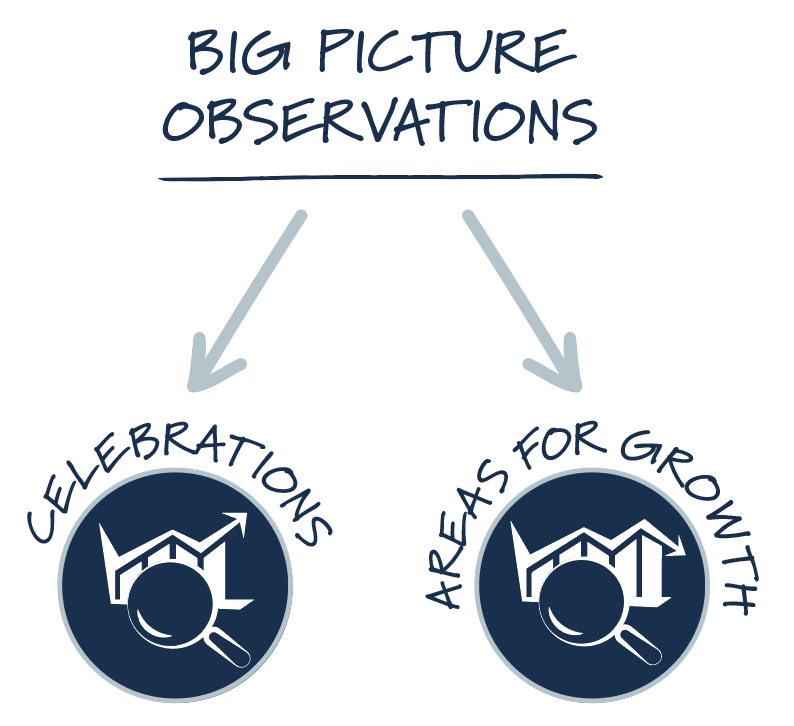One powerful way to make meaning of your data is to observe your results in the context of comparative data. Use this writeable tool to explore your students’ responses by grade level to this highly actionable item in the YouthTruth survey:
“When I am feeling upset, stressed, or having problems, there is an adult at school who I can talk to about it.”
- Locate the “Someone To Talk To” item in the Relationships section of your report.
- Find the percent positive for your students’ responses to the “Someone To Talk To” item at each grade level.
- Record your students’ percent positive in the writeable box for each grade/gender, either above or below the trend line.
